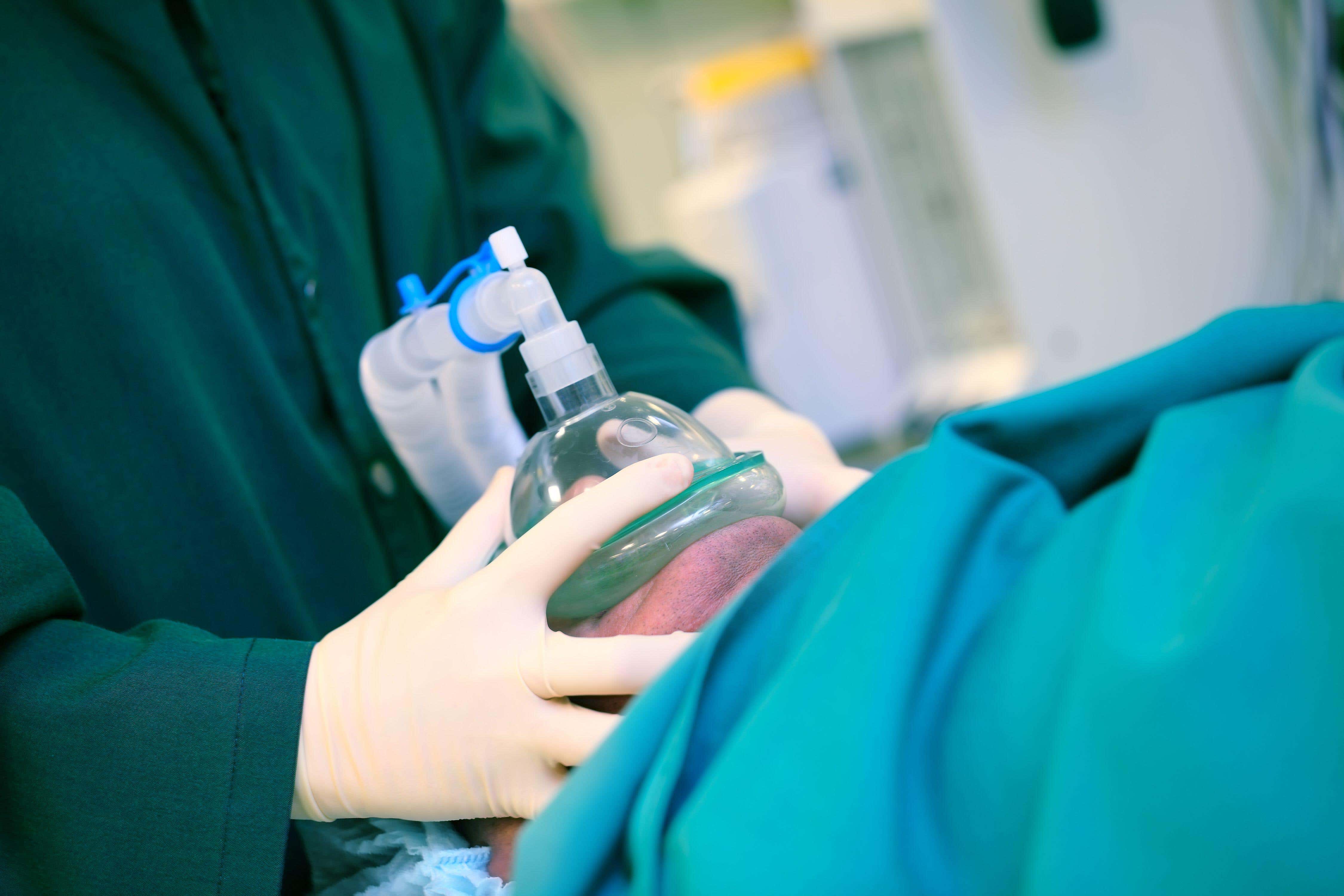‘Dire shortage’ of anaesthetists hitting 1.4m operations a year, report warns
The latest NHS performance data showed there were 7.57 million treatments waiting to be carried out in England at the end of September.

Your support helps us to tell the story
From reproductive rights to climate change to Big Tech, The Independent is on the ground when the story is developing. Whether it's investigating the financials of Elon Musk's pro-Trump PAC or producing our latest documentary, 'The A Word', which shines a light on the American women fighting for reproductive rights, we know how important it is to parse out the facts from the messaging.
At such a critical moment in US history, we need reporters on the ground. Your donation allows us to keep sending journalists to speak to both sides of the story.
The Independent is trusted by Americans across the entire political spectrum. And unlike many other quality news outlets, we choose not to lock Americans out of our reporting and analysis with paywalls. We believe quality journalism should be available to everyone, paid for by those who can afford it.
Your support makes all the difference.A “dire shortage” of anaesthetists is preventing an estimated 1.4 million NHS operations and procedures from being carried out every year, a report has warned.
The issue is leading to “painful delays” for patients, and doctors being “stretched too thin”, according to the Royal College of Anaesthetists.
It is also limiting NHS capacity and driving up costs, as anaesthetic departments spend on agency locums and back staff to plug the gaps.
The latest Anaesthetic Workforce: UK State Of The Nation Report estimates the number of consultant and SAS (specialists, associate specialists and specialty doctors) anaesthetists increased between 2020 and 2022 – from 10,149 to 10,628.
However, it added that “demand has increased further” with numbers about 15% below was is needed, the equivalent of 1,900 anaesthetists.
We all want the Government to succeed in its pledge to reduce waiting lists, but that will only be possible if we train more anaesthetists and retain the limited numbers we already have
If these rates continue, the college predicts the NHS could have a shortfall of 11,000 anaesthetists by 2040, which could impact 8.25 million operations and procedures each year if unaddressed.
The report describes the Government’s pledge to tackle NHS backlogs and reduce waiting times to 18 weeks as “worthy goals” but warned they “will need anaesthetists to deliver them”.
The latest NHS performance data showed there were 7.57 million treatments waiting to be carried out in England at the end of September, relating to 6.34 million patients.
Dr Claire Shannon, president of the Royal College of Anaesthetists, said: “The dire shortage of anaesthetists is preventing patients from getting the operations and procedures they need.
“We all want the Government to succeed in its pledge to reduce waiting lists but that will only be possible if we train more anaesthetists and retain the limited numbers we already have.”
The report warned of bottlenecks in training, highlighting that there were 3,520 applications for an available 540 core anaesthetic training places in 2024.
It said funding for the expansion of specialty training is “imperative” for the NHS Long Term Workforce Plan.
Dr Shannon added: “Right now, there is capacity within our training system for at least an additional 140 anaesthetic training places, so we need to see immediate action coupled with a longer-term commitment to address specialty training shortages in the forthcoming revision of the NHS Long Term Workforce Plan.”
For people waiting for operations, the shortage of anaesthetists is counted in painful delays and feeling like life is on hold
Jenny Westaway, chairwoman of PatientsVoices@RCoA, spoke of the impact that the shortage is having on patients.
She said: “This report illuminates by putting cold hard figures on the scale of the problem that individual patients are suffering every day.
“For people waiting for operations, the shortage of anaesthetists is counted in painful delays and feeling like life is on hold.
“It’s not only the long waits and delays of operations. The lack of anaesthetists also means that clinicians are often stretched too thin.
“It’s important to address the shortage of anaesthetists so we can improve the quality of care and patient experience so that patients can be fitter, better, sooner.”